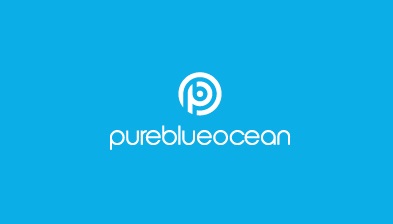
Description
The Art of Storytelling
The art of storytelling dates back as far as 500BC with Greek Tragedy, where it was a form of theatre from Ancient Greece and Greek inhabited Anatolia. Creating a solid plot, identifiable and lead characters, and an overall message and theme. It reached its most significant form in Athens in the 5th century BC, the works of which are sometimes called Attic tragedy. Aristotle then analysed the structure of Storytelling in c.350BC and created a framework which we still use today: “a beginning; a middle; and an end”. Hence the 3-Act play. Some 2000 years later, Shakespeare still applied these principles, but due to commercial gains where he took a cut of the drinks and food sold between act, he created the 5 Act play! It was in principle still a beginning, a middle and an end, but with an epilogue and prologue added to sell more refreshments. Storytelling follows a narrative arc, where you have the beginning, where characters are introduced and the scene is set and where some form of jeopardy is introduced that needs to be rectified and decisions need to be made. This could be where the hero meets a ‘baddie’. The middle then involves the ‘confrontation’ - the ups and downs of the adventure, where the hero nearly wins a fight, but then loses and has to confront them again and maybe again, until the end – the resolution where the characters achieve stability, a new situation-normal is reached. You will find that 99% of every story – whether that be book, play, TV programme or film, follows this storytelling arc. This principle of storytelling can also be effectively applied in how we sell. With the character being our brand or service, the introduction being how we tee up the plot by providing market dynamics or consumer/shopper insight, and a middle which provides the narrative detail and answer to the introduction and of course the end, being the close. Based on this framework, Pure Blue Ocean, we have created our ‘Storytelling Programme’ which we have not only, successfully rolled out globally to our customer’s teams, but also supported our customers in creating their customer story for their businesses. The framework enables selling stories to be insightful, to the point and effective. Testament to this is where we supported one of our sweet/candy customers. They had initially created a 225 page selling document. The idea being to increase grammage, as many FMCG organisations do. But the story, all 225 pages of them, was too complex and unnecessary and therefore retailers didn’t buy into it. The concept though was simple, the footprint was the same – just swap one in one out and it could drive category sales. Pure Blue Ocean wrote the selling story in just 5 pages, and the idea was successfully sold in across all retailers. By planning your story, considering all the main elements, you can create a story that people buy into, and you are more likely to have a successful outcome. If you would like to find out more about our Storytelling programme, please contact us at: help@pureblueocean.comInfo
-->





